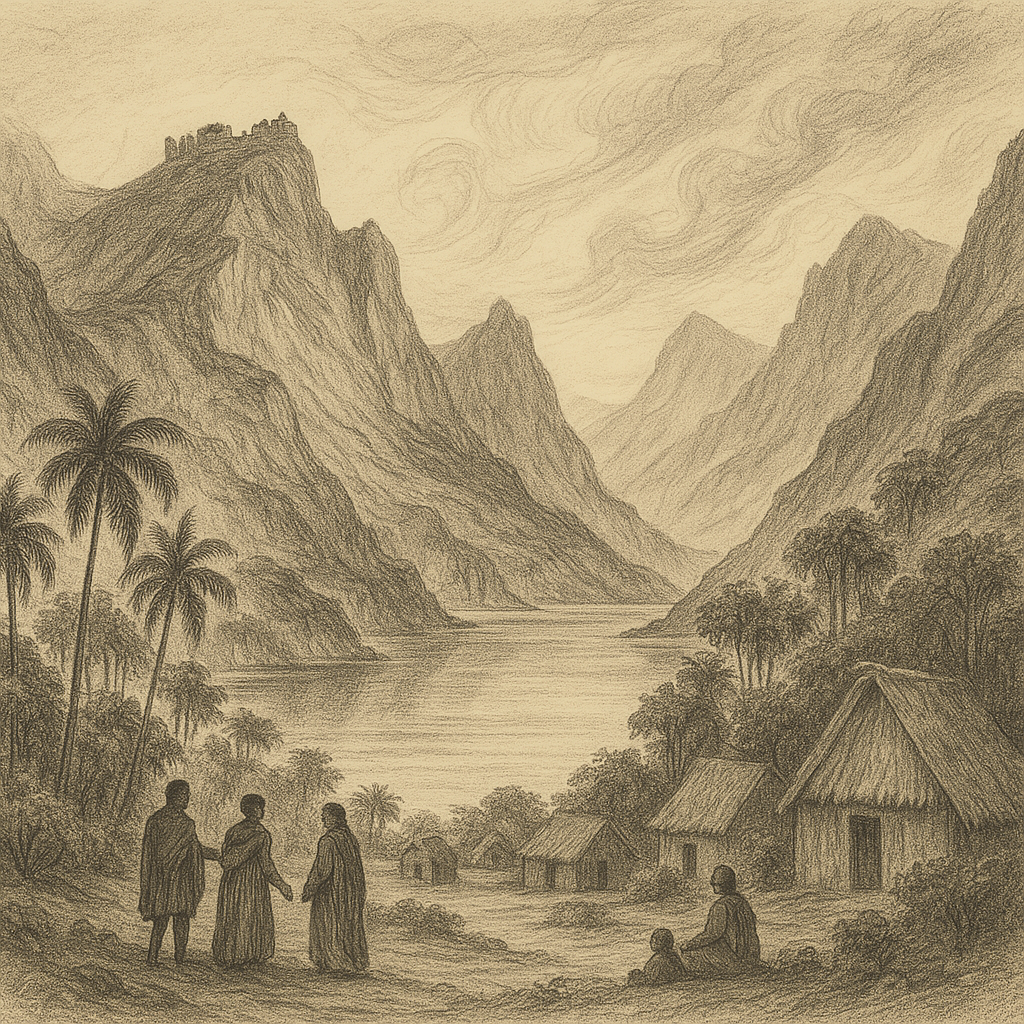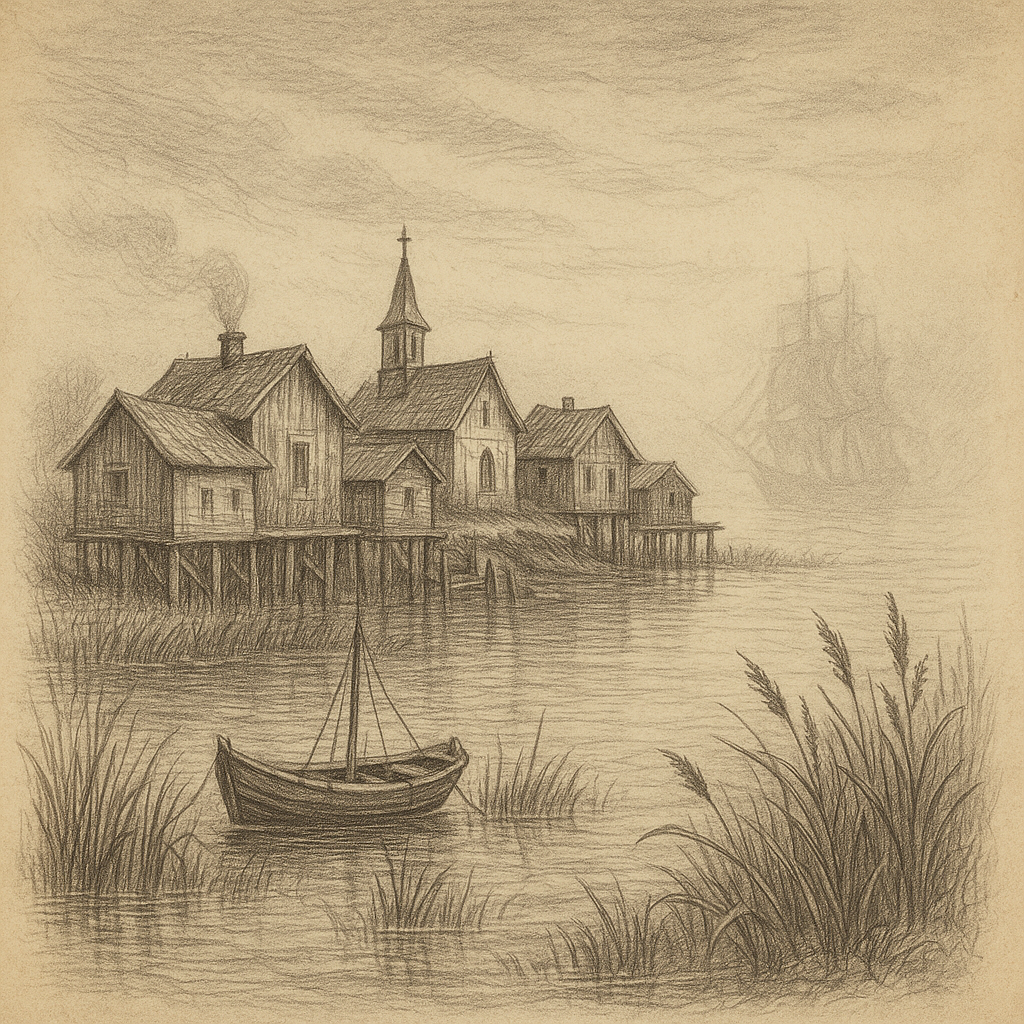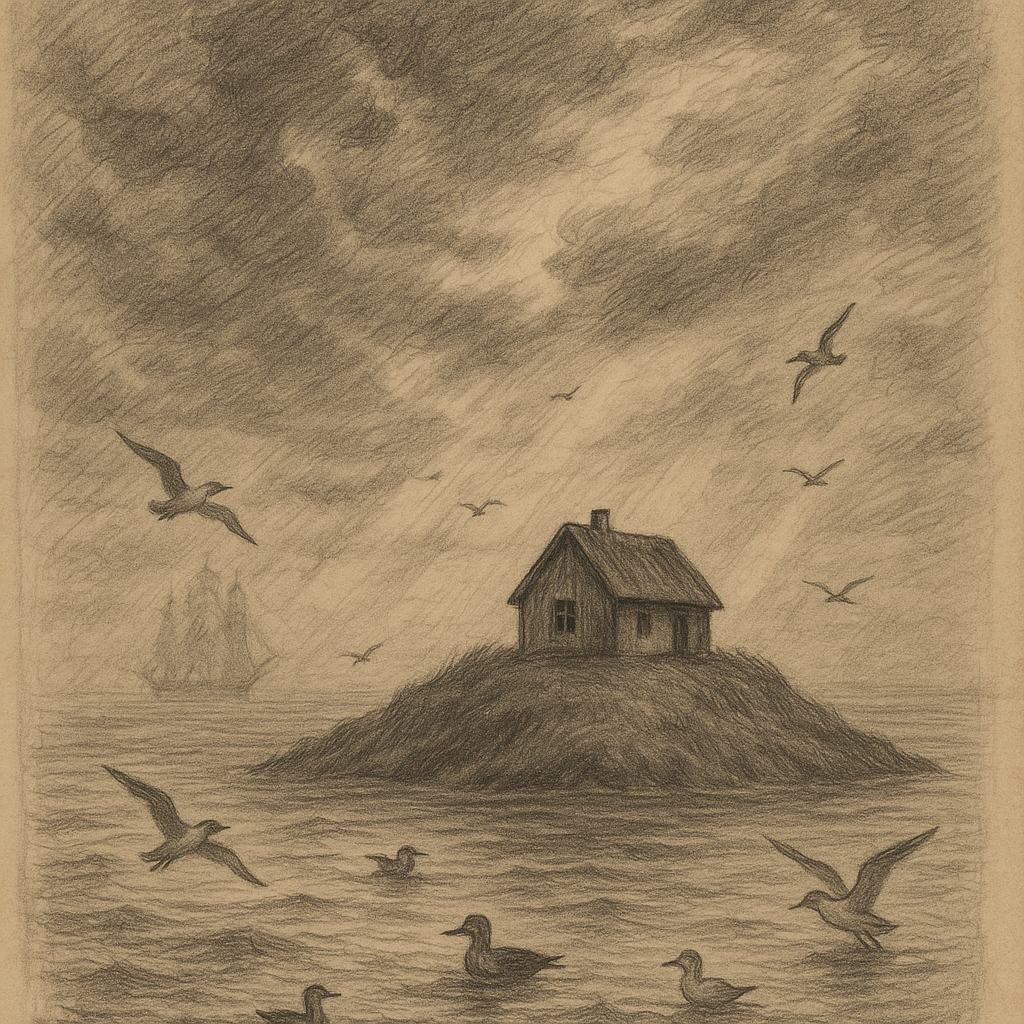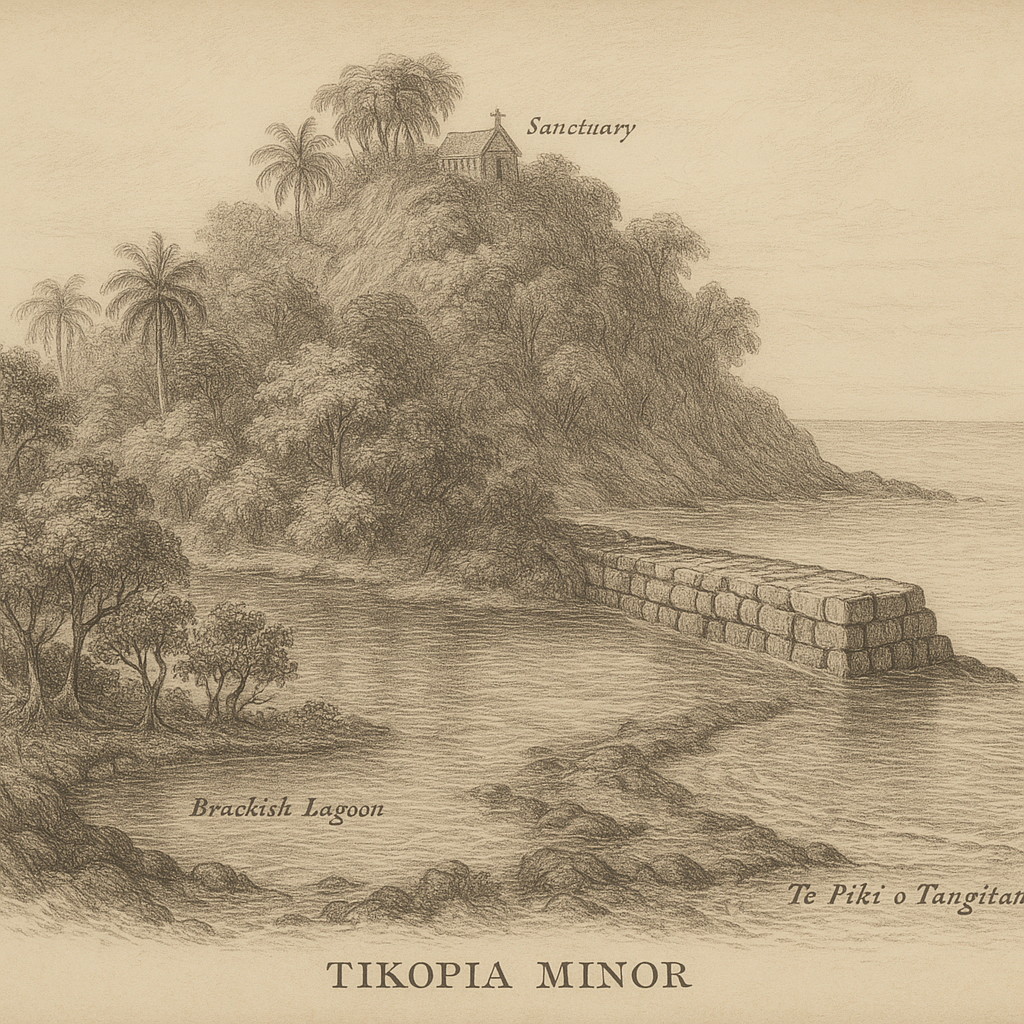Remote and Enigmatic: Rapa Island in the South Pacific
Rapa Island, also known as Rapa Iti (meaning “Little Rapa” in contrast to Easter Island’s traditional name, Rapa Nui), is a remote and captivating island located in the southernmost part of French Polynesia. Part of the Austral Islands archipelago, Rapa lies approximately 1,200 km south of Tahiti and is considered one of the most isolated inhabited islands in the vast Pacific Ocean. Despite its seclusion, Rapa Island is rich in history, cultural heritage, and natural beauty.
Geography and Geology of Rapa Island
Rapa Island occupies an area of about 40 square kilometers and is rugged, mountainous, and heavily dissected by deep inlets and fjord-like bays. It is the remnant of a volcanic caldera, which has eroded significantly over time. Ringed by steep cliffs, the island’s jagged, forested peaks reach altitudes of around 650 meters, with Mount Perau being the highest point at 650 meters above sea level.
The dramatic landscape of Rapa is characterized by its horseshoe-shaped bay, Baie d’Haurei, which provides a natural harbor for its only village. The submerged caldera and rugged topography point to Rapa’s violent volcanic origins, estimated to have occurred some several million years ago. Unlike other high Polynesian islands currently subsiding into the ocean, Rapa’s geological features suggest persistent tectonic uplift, making it a unique case study among Pacific islands.
Climate and Biodiversity
Rapa Island experiences a subtropical maritime climate with cooler temperatures and significantly more rainfall than the better-known tropical islands of French Polynesia. Annual average temperatures hover around 20°C, and the island receives about 2,500–3,000 mm of rainfall per year, fostering a lush and verdant environment.
Rapa is home to a distinctive ecosystem, including endemic plant species and a variety of seabirds that breed along its rocky coastal cliffs. The high rainfall and fertile volcanic soil support dense forests of ferns and native Metrosideros trees. However, like many isolated ecosystems, Rapa has faced challenges from invasive species such as rats, goats, and non-native plants, which threaten its delicate ecological balance.
The island’s coastal waters are equally rich in marine life and are home to coral reefs, small fish communities, and reef sharks. Fishing, both traditional and modern, remains a vital part of daily life for island inhabitants.
People and Culture
Rapa Island’s population is small, currently numbering around 500 to 600 residents who live predominantly in the village of Haurei. The people of Rapa are ethnically Polynesian, and they speak both French and Reo Rapa, a dialect that contains elements of Tahitian as well as linguistic features unique to the island.
Traditions and cultural practices remain strong in Rapa, where music, dance, and oral storytelling continue to play vital roles in everyday life. The Rapa culture is known for its strong community-based governance system called “rahui”, a traditional form of resource management and conservation still in practice today. This system helps preserve both fishing grounds and agricultural areas through community consensus and seasonal restrictions.
Highlights and Points of Interest
Due to its isolation, Rapa Island has remained largely untouched by mass tourism and globalization, making it a hidden treasure for adventurers and scholars alike. Though challenging to access, the island offers breathtaking landscapes, unspoiled nature, and intriguing archaeological sites.
Among the island’s most fascinating features are the numerous ancient hill forts known locally as “pa”. These stone fortresses, numbering over 30, are strategically located on ridges and hilltops overlooking the coast, and were used for defense during periods of tribal warfare. Well preserved and cautiously maintained, these remnants of a turbulent past form a network across the island, offering insight into ancient Polynesian military architecture.
Haurei Bay offers hiking trails through stunning valleys and onto ridges with panoramic views of the island’s dramatic topography. The surrounding reefs also invite visitors – those few who make it there – to enjoy snorkeling and observing its vibrant marine biodiversity.
Legends and Myths of Rapa
Rapa Island is steeped in legends that form a core part of the island’s identity. One of the most prominent myths tells of the island’s discovery by the demigod Tura, who sailed south from Tahiti aboard a canoe guided by the stars. According to the story, Tura planted sacred trees at key points of the island to protect its people from evil spirits — trees that many claim still grow near ancient marae (sacred stone platforms).
Another prevailing legend speaks of the “Whistling Hills.” Locals say that when the mists descend and the winds sweep through the high passes, the mountains of Rapa begin to sing. These eerie whistles, rising and falling through the valleys, are believed to be the voices of ancestors, warning the living of impending danger or guiding lost travelers home.
Often, these stories are recited at family gatherings or during local festivals, with songs and dances that depict the tales of creation, conquest, and love. Oral tradition is crucial on Rapa, preserving history and identity in a place where the written record remains sparse.
Modern Life on an Isolated Isle
Life on Rapa Island remains slow-paced and deeply tied to natural rhythms. There are no hotels, few vehicles, and limited infrastructure. A ship from Tahiti supplies the island only a few times a year, bringing essential goods and mail. Electricity, telecommunications, and modern conveniences are only modestly developed.
The economy of Rapa is primarily based on agriculture, fishing, and some small-scale artisanal crafts. Taro, sweet potatoes, and bananas are staple crops, while livestock such as pigs and chickens are also common. Many families still practice subsistence farming, relying on what the land and sea can provide.
Despite its remote location, Rapa participates actively in the political life of French Polynesia and maintains a cultural connection with other Austral Islands. However, its remoteness also means that the youth often leave for education or work and fewer return to settle permanently, posing questions about the island’s long-term demographic trends.
Preserving a Unique Heritage
Rapa Island serves as a living example of sustainable community-based living in harmony with nature. Its rugged isolation has preserved not only its environment but also its unique cultural voice and lifestyle. As pressures from climate change and globalization gradually reach even the remotest parts of the globe, Rapa’s traditional knowledge systems—like the rahui—may offer valuable lessons on how to coexist with nature while maintaining social resilience.
For now, Rapa remains a rare jewel—untouched by tourism, steeped in legend, and fiercely proud of its identity. Whether through its mythic mountain whispers or the quiet rhythms of everyday coastal life, Rapa Iti continues to enchant all who come near, even if only in story.



